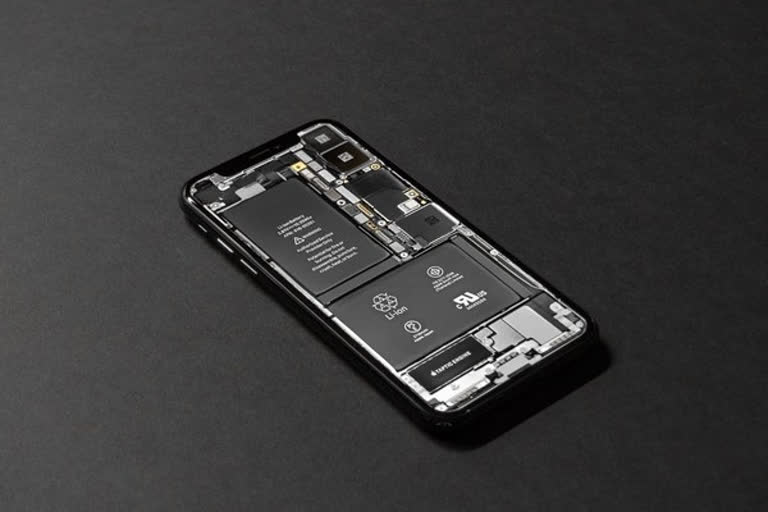Pohang [South Korea]: Can we go three days without water or three minutes without air? What if there were no batteries? Imagine going three hours without a battery. In today's society, mobile phones, computers, and other requirements frequently employ lightweight, high-capacity lithium-ion batteries. Conventional lithium-ion batteries, however, have organic electrolytes that are extremely flammable and can catch fire or explode fatally. Because lithium-ion batteries are so common in our lives and because mishaps involving them might directly harm people, there is a desire for a safer battery system.
This study was published in the journal Cell Reports Physical Science. Sangyeop Lee, a PhD candidate in the Division of Advanced Materials Science at POSTECH, Professor Soojin Park, and Gyujin Song, a Post-doc fellow in the Department of Chemistry, created a stable aqueous zinc-ion battery that utilizes water as an electrolyte. They used a protective polymer layer to stop electrode corrosion and boost the zinc anode's durability, which increased the aqueous zinc-ion battery's electrochemical stability.
The usual battery system's organic-solvent-based electrolyte, which acts as a conduit for ions to migrate, is naturally flammable and hence presents a danger of fire or explosion. Aqueous electrolyte batteries are being explored as potential solutions to this problem. Zinc-ion batteries haven't been employed though due to the lower reversibility of the zinc anode in aqueous electrolytes, which is brought on by zinc dendrites and surface-side reactions.
By utilizing a block copolymer, the POSTECH research team created a zinc anode that was covered with a multipurpose protective layer. This novel polymer layer can withstand volume expansion during battery charging and discharging because it is elastic and flexible. It is discovered that the polymer protective layer promotes homogenized ion distribution and inhibits dendritic development, both of which prolong the longevity of the zinc anode. By reducing unneeded electrochemical and chemical processes in the electrolyte on the electrode surface, the thin film layer also increases the stability of the electrode.
Additionally, the researchers used Time-of-Flight Secondary Ion Mass Spectrometry (TOF-SIMS) analysis to show the mobility of zinc ions in the coating layer. Further investigation into the surface characteristics of battery anodes is promised by imaging the zinc ion motions, which was unsuccessful in earlier investigations. (ANI)
(This story has not been edited by ETV Bharat and is auto-generated from a syndicated feed.)



